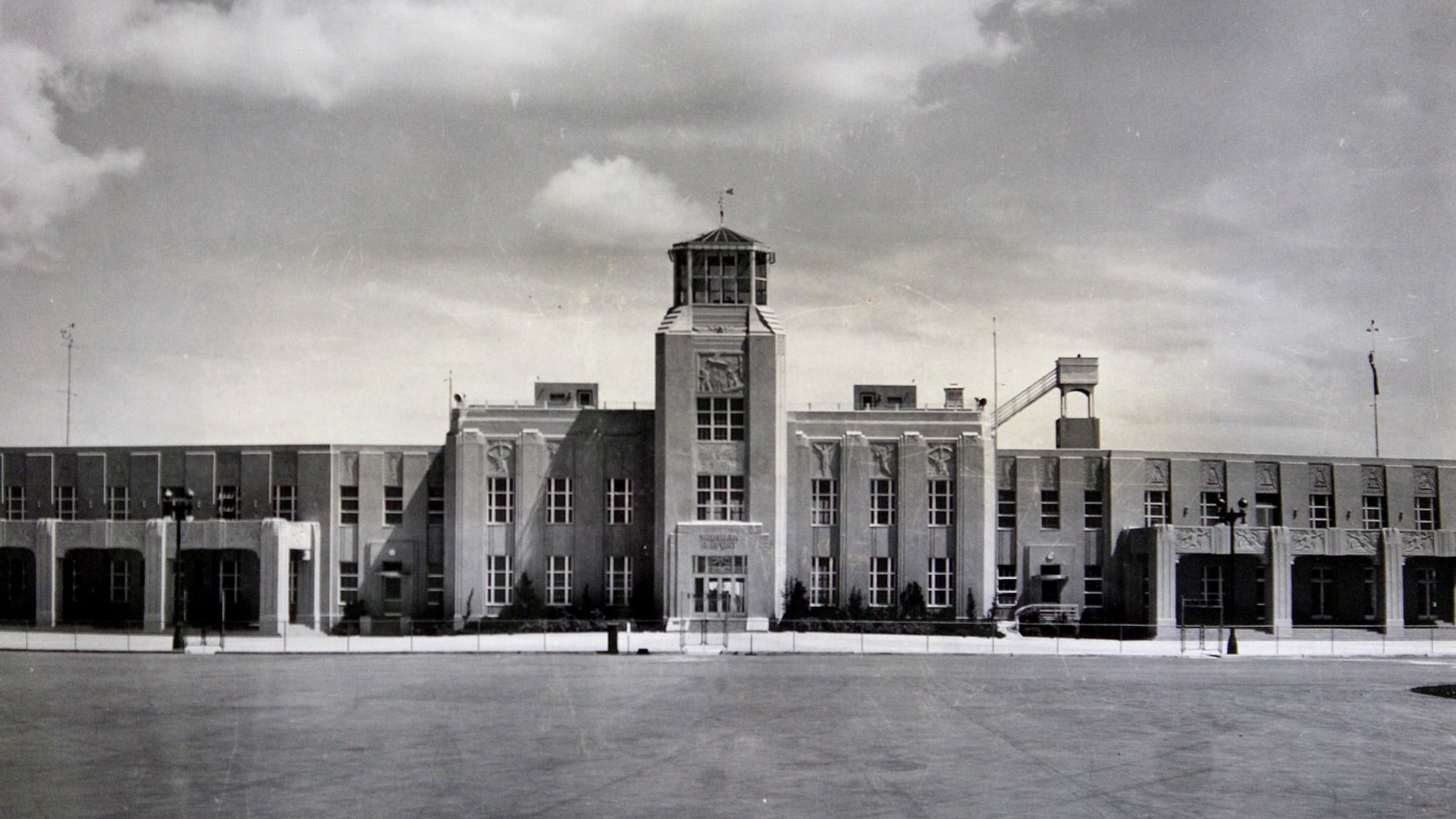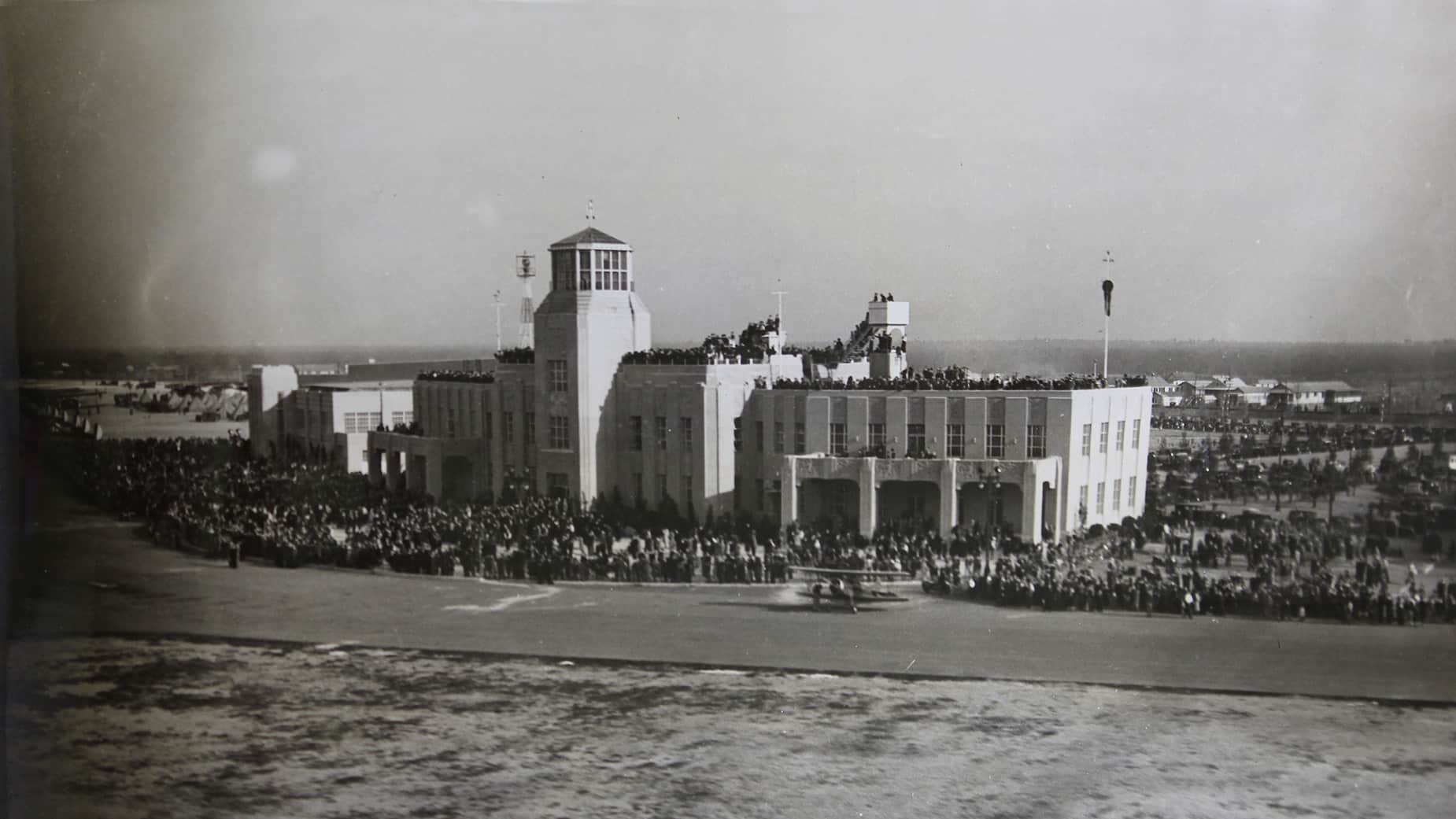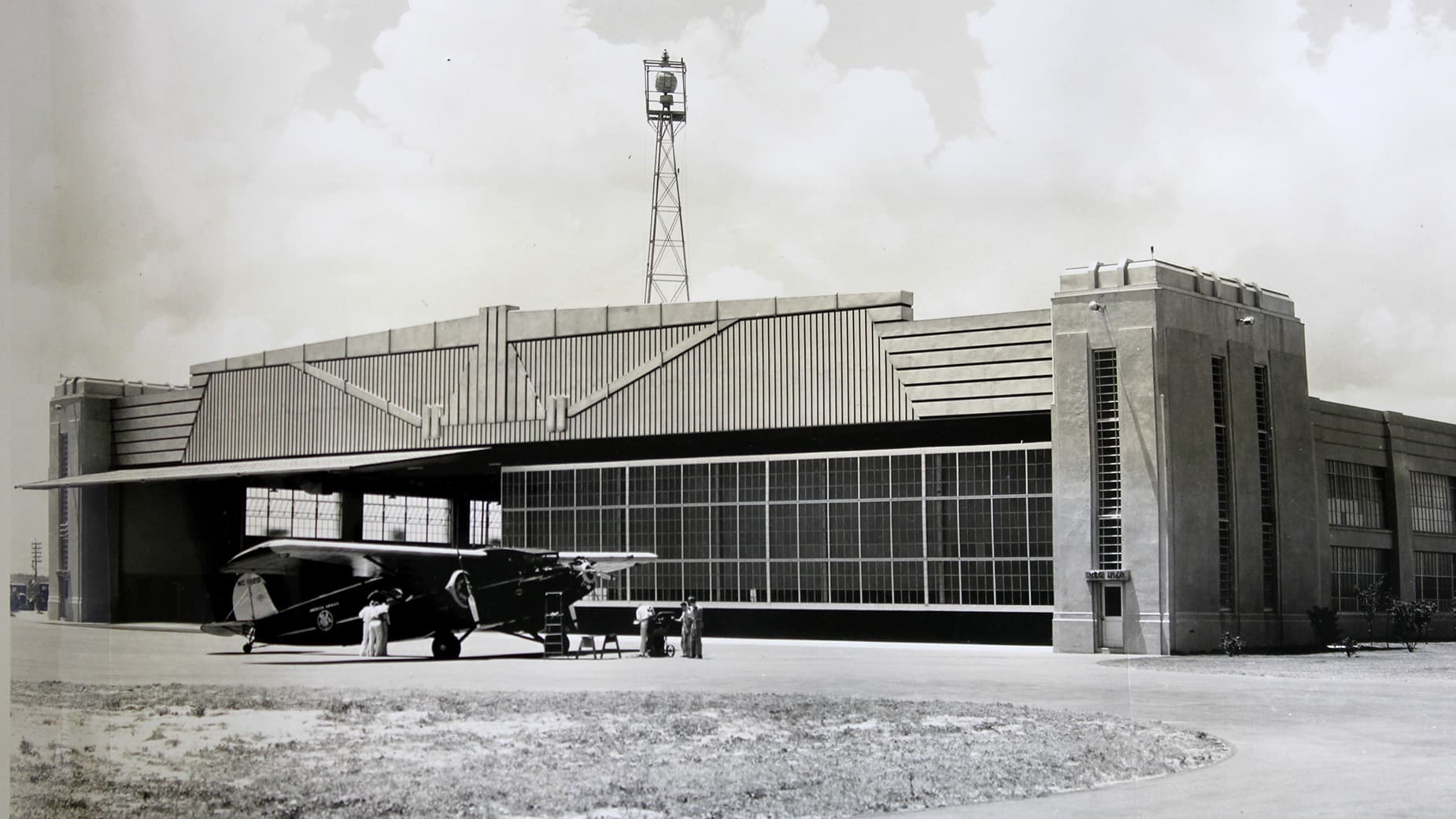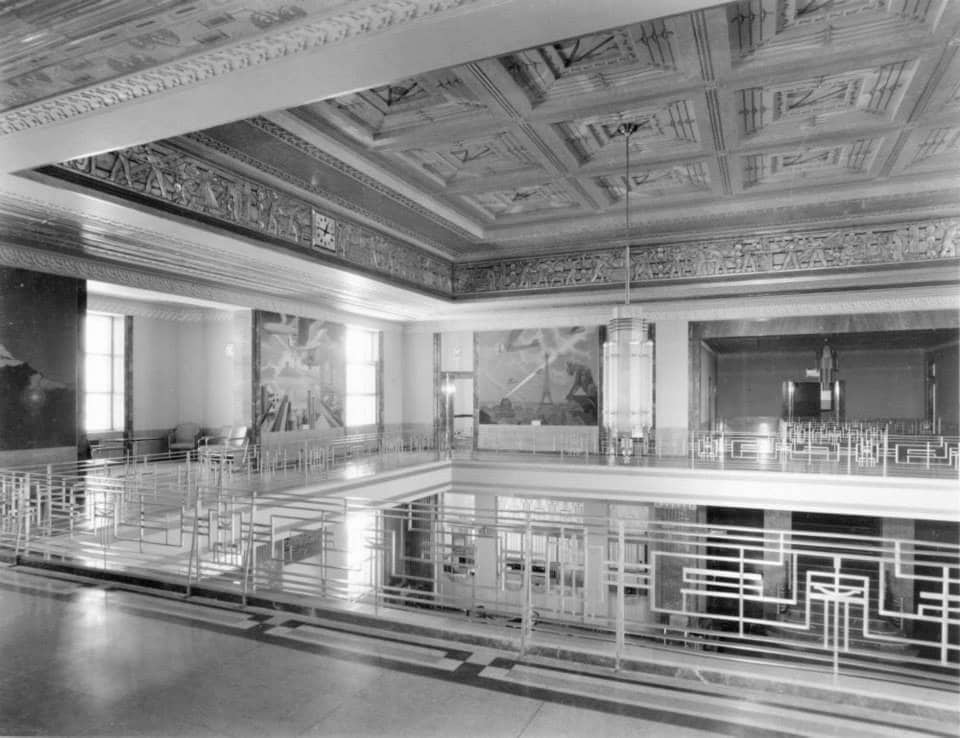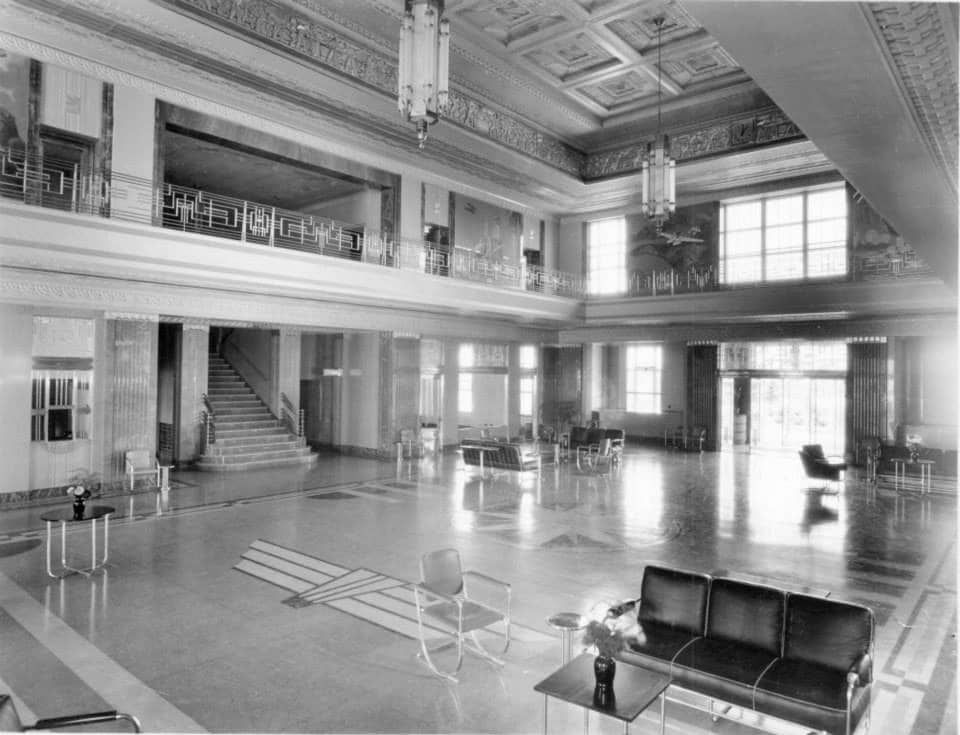A Marvel of Architecture
About New Orleans Lakefront Airport
Nestled along the picturesque shores of Lake Pontchartrain, Lakefront Airport in New Orleans stands as a dynamic intersection of history and modern aviation. Amidst the state-of-the-art facilities like full-service operators, rental car services, flight schools, and avionics stations, Lakefront Airport ensures a seamless journey for both pilots and passengers.

What a wonderful surprise this airport terminal is! We visited from Australia and our friends took us to visit. I love Art Deco history… and I love airports!
Built to Impress
Lakefront Airport, officially known as New Orleans Lakefront Airport, has a fascinating history deeply rooted in the 1930s aviation boom.
Dedicated on February 10, 1934 in conjunction with the events of the Pan American Air Races, it marked a significant milestone in the city’s aviation development; it was a groundbreaking facility, serving as the world’s first combined land and seaplane airport. The first major airport in the region, it mesmerized travelers with its exquisite Art Deco architecture. The $4.5 million construction cost, equivalent to $83 million today, was a testament to its grandeur and ambition.
More than 10,000 visitors gathered as Lakefront Airport was dedicated to be “the Air Hub of the Americas.” Strategically located on a man-made arrowhead peninsula, the airport’s creation involved driving a 10,000-foot retaining wall into Lake Pontchartrain and pumping six million cubic yards of hydraulic fill to raise the field above water.
The airport boasted a 3,000-foot-long field, earning the highest rating from the U.S. Department of Commerce, AA-I. The architectural grandeur and the AA-I rating made it a standard for its time.
The airport featured state-of-the-art facilities, including tennis courts, a swimming pool, a post office, a surgical suite, and exquisite Art Deco details inside and outside the main terminal building. Murals by artist Xavier Gonzalez, friezes by Enrique Alferez, and a captivating array of stone wall and floor treatments adorned the terminal.
Historical Significance and Aviation Heritage
Amelia Earhart, the pioneering aviator, left an indelible mark at Lakefront Airport in New Orleans during her transatlantic flight in the 1930s. Making it the second stop on her historic journey, Earhart stayed at Lakefront Airport for a night, taking advantage of the airport’s unique offering of hotel-style rooms. This fleeting stay, just over a month before her mysterious disappearance, adds a poignant chapter to the airport’s storied history, connecting it not only to the glamour of aviation’s golden era but also to one of the most enduring mysteries in the history of aviation.

“I’ve flown over your airport here numerous times, and it looked so nice from the air that I decided to land and see how it looked from the ground.”
-Amelia Earhart
Adapting Through the Years
The opening of Moisant Field, later renamed Louis Armstrong International Airport (MSY) in 1946 shifted the landscape of air travel in the region. While MSY took on the role of the city’s main commercial airport, Lakefront Airport gracefully adapted to a NEW mission, becoming a specialized facility catering to general aviation needs, later serving a crucial role as a designated nuclear fallout shelter during the Cold War. Over the years, the airport underwent expansions, enhancing its runways and taxiways to accommodate a wide range of aircraft, including private, corporate, military, and commercial air carrier planes, with U.S. Customs and Agriculture services available 24/7 to ensure a seamless experience for travelers.
Hurricane Katrina in 2005 dealt a severe blow to Lakefront Airport, submerging the terminal with four feet of lake water. The aftermath of the hurricane prompted a $17 million restoration effort, breathing NEW life into the historic Art Deco masterpiece. The restoration, completed in 2013, unveiled the airport’s architectural gems that had been covered during previous renovations.
An Art Deco Jewel with a Past
A Sky Full of Opportunities
Lakefront Airport offers a comprehensive array of modern services to meet the diverse needs of today’s aviation landscape.
Rental car services
Two full-service fixed base operations
Housing facilities for pilots
Baggage assistance
Multiple flight schools
Charter operations
Avionics stations
Helicopter tours
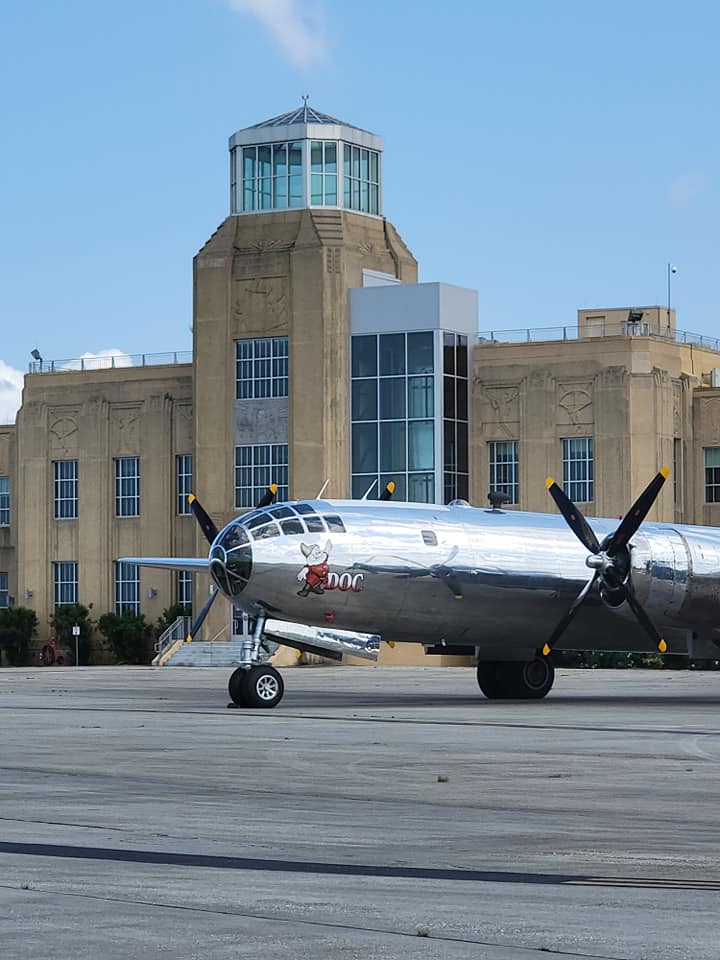
Preserving the Past, Soaring into the Future
Today, this iconic airport serves as more than a transportation hub; it is a living museum that beautifully preserves the legacy of New Orleans’ aviation history while simultaneously embracing the ever-evolving needs of contemporary air travel. The Walnut Room, once a popular dance hall, has been restored as an entertainment venue. Messina’s Runway Cafe offers a unique dining experience against the backdrop of aviation history. The friezes by Enrique Alferez and the Fountain of the Four Winds adorn the interior and exterior of the terminal, adding to the airport’s cultural significance.
Whether you’re an aviation enthusiast or a casual visitor, Lakefront Airport invites you to explore its historic charm and picturesque surroundings. From its groundbreaking beginnings as Shushan Airport to its role in World War II, Cold War-era bomb shelter, and the resilience shown after Hurricane Katrina, Lakefront Airport continues to be a symbol of New Orleans’ ability to soar above challenges and celebrate its vibrant history.

